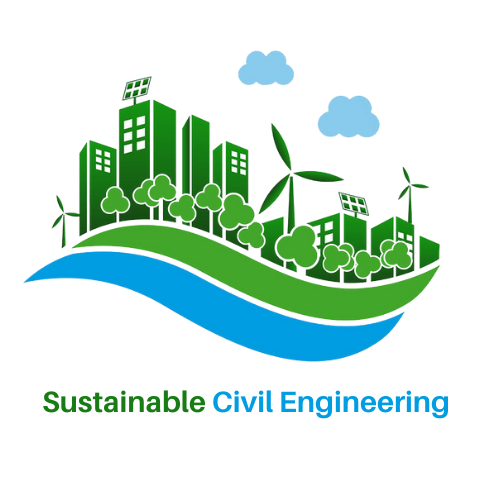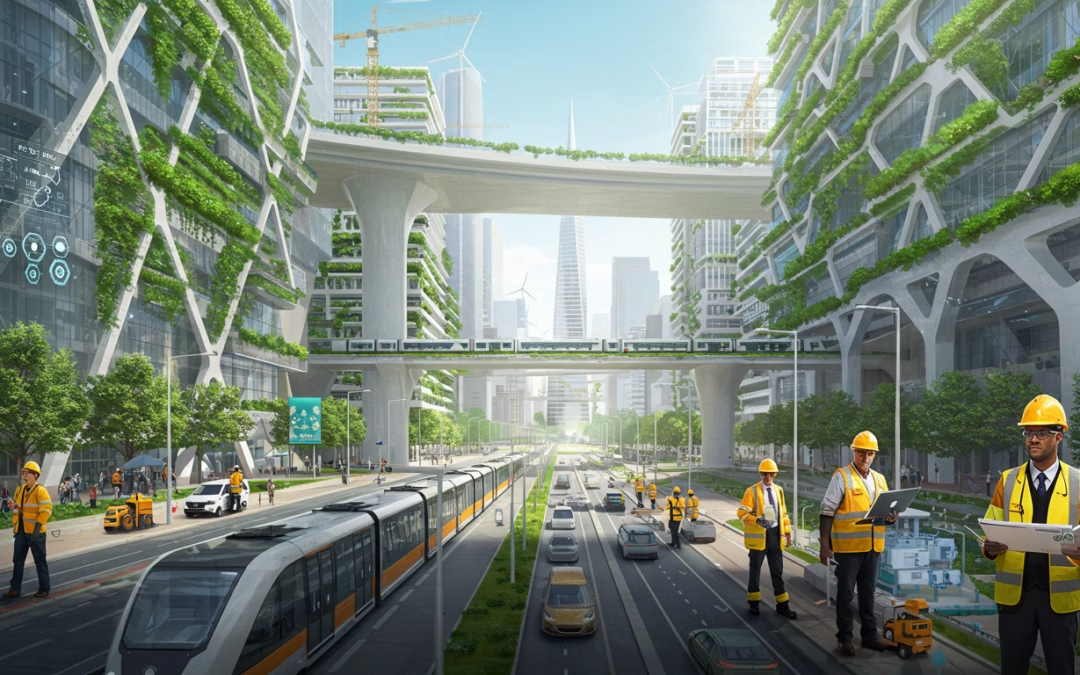Reimagining Civil Engineering: The Sustainable Path Forward
Civil engineers are often miscast as eager to pave paradise. This narrow view overlooks our unique position at the intersection of development and environmental stewardship. While our profession shapes roadways and public infrastructure, today’s civil engineers increasingly embrace a more profound calling—integrating sustainability into every aspect of our work.
Consider a typical street improvement project through a sustainability lens: recycled pavement materials reduce waste, permeable surfaces manage stormwater naturally, strategic green spaces support biodiversity, and integrated water systems maximize efficiency through reclamation and harvesting. These aren’t futuristic concepts—they’re practical solutions available now.
The LEED certification framework demonstrates how civil engineering directly influences sustainable outcomes. Site selection, energy efficiency, water conservation, heat island mitigation, and materials sourcing all fall within our domain. Whether working on LEED-certified projects or not, civil engineers can incorporate these principles into everyday practice, substantially impacting communities and ecosystems.
My personal sustainability journey began in 2010 when professional requirements led me to become a LEED Accredited Professional. The revelation was immediate: “Why hadn’t we been doing this all along?” It’s easy to fall into comfortable routines, believing that personal habits like recycling or commuting by bicycle—or depending on government regulations—are sufficient environmental contributions. Yet, both expert analysis and observable evidence tell us otherwise. Our efforts aren’t enough to overcome environmental degradation, let alone establish true sustainability.
I firmly believe in the necessity of growth and development. Population increases and demographic shifts demand new housing and supporting infrastructure. However, our challenge is meeting these present needs without compromising future generations’ ability to meet theirs—the essence of sustainability as defined in the Brundtland Report. Though it may sound clichéd, as a parent, I cannot accept passing a damaged world to our children and grandchildren.
As civil engineers—stewards of the built environment—we bear a special responsibility. We must minimize environmental disruption in new projects while improving existing conditions in already developed communities. This isn’t just environmental idealism; it’s the new standard for engineering excellence.

